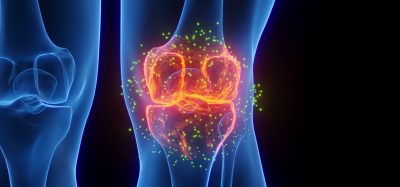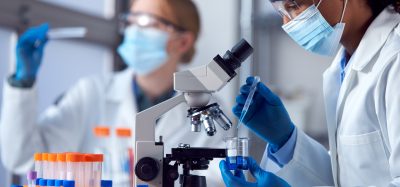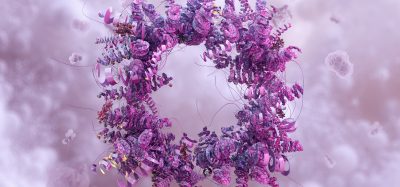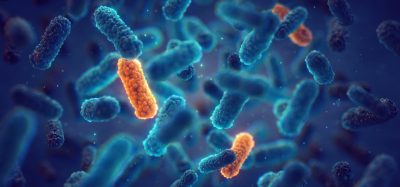Process for rejuvenating aged rat brain stem cells discovered
Posted: 14 August 2019 | Fraser Owen (Drug Target Review) | No comments yet
A research team has developed a method for regenerating old brain stem cells from rat models, which could be used to treat age-related brain diseases.
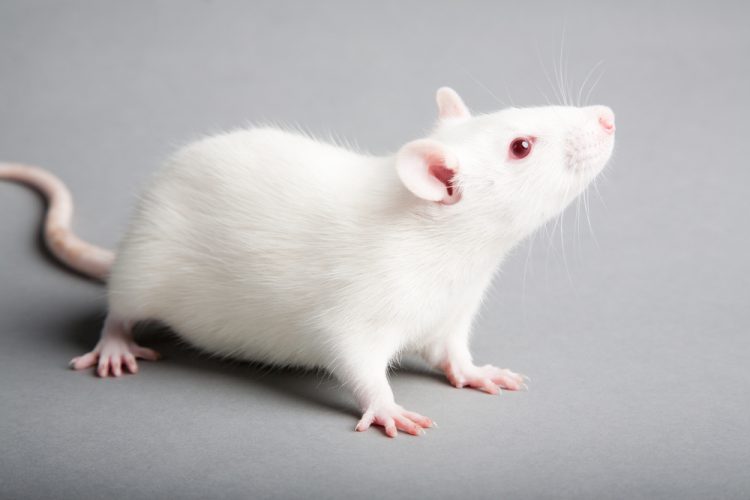

A study has shown that increasing brain stiffness due to aging causes brain stem cell dysfunction, but the team has found a way to reverse older stem cells back to a younger, healthier state. According to the researchers, their findings could be used to develop treatments for age-related brain diseases.
The team investigated Piezo1, a protein found on the cell surface, which informs the cell whether the surrounding environment is soft or stiff
The research was led by the Wellcome-MRC Cambridge Stem Cell Institute at the University of Cambridge, UK.
The team investigated young and old rat model brains to understand the impact of age-related brain stiffening on the function of oligodendrocyte progenitor cells (OPCs). These cells are important for maintaining normal brain function and for the regeneration myelin, the fatty sheath that surrounds nerves which is damaged in multiple sclerosis (MS).
Transplanting OPCs from older rats into the softer brains of the younger rats, the researchers observed that the older brain cells were rejuvenated and began to behave like the younger cells.
They then developed new materials in the lab with varying degrees of stiffness and used these to grow rat brain stem cells in a controlled environment. The team investigated Piezo1, a protein found on the cell surface, which informs the cell whether the surrounding environment is soft or stiff.
Dr Kevin Chalut, who co-led the research, said: “We were fascinated to see that when we grew young, functioning rat brain stem cells on the stiff material, the cells became dysfunctional and lost their ability to regenerate and in fact began to function like aged cells. What was especially interesting, however, was that when the old brain cells were grown on the soft material, they began to function like young cells – in other words, they were rejuvenated.”
When Piezo1 was removed from the surface of aged brain stem cells, the team were able to manipulate them into perceiving a soft surrounding environment, even when they were growing on stiff material. This allowed the cells to rejuvenate and resume their normal regenerative function.
“The Cambridge team’s discoveries on how brain stem cells age and how this process might be reversed have important implications for future treatment, because it gives us a new target to address issues associated with aging and MS, including how to potentially regain lost function in the brain,” added Dr Susan Kohlhaas, Director of Research at the MS Society, who part-funded the research.
The results were published in Nature.
Related topics
Drug Development, Drug Targets, Regenerative Medicine, Research & Development, Stem Cells
Related conditions
Multiple Sclerosis (MS)
Related organisations
MS Society, Nature, University of Cambridge, Wellcome-MRC Cambridge Stem Cell Institute
Related people
Dr Kevin Chalut, Dr Susan Kohlhaas




